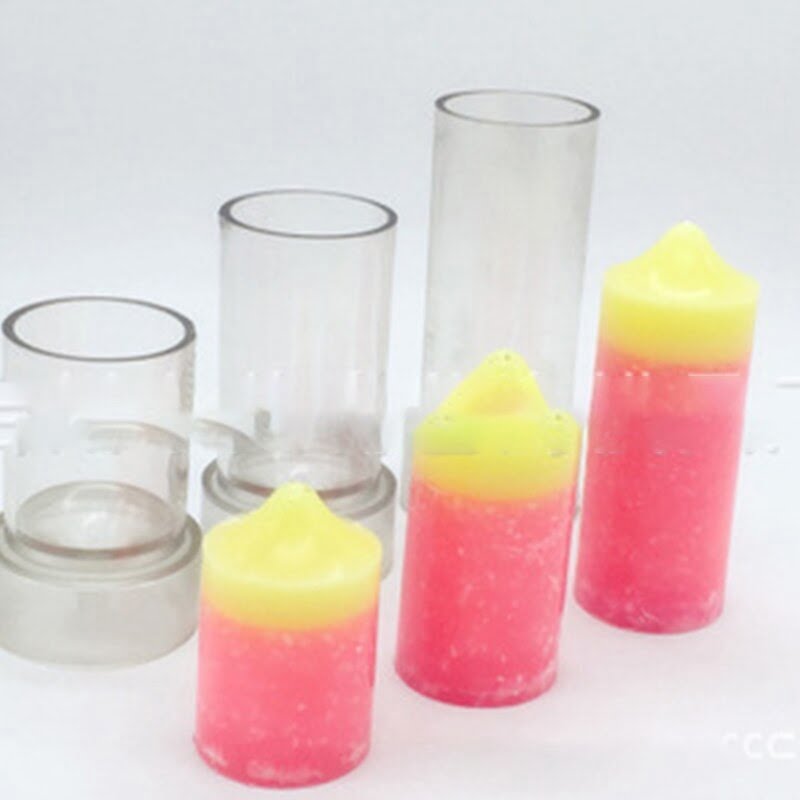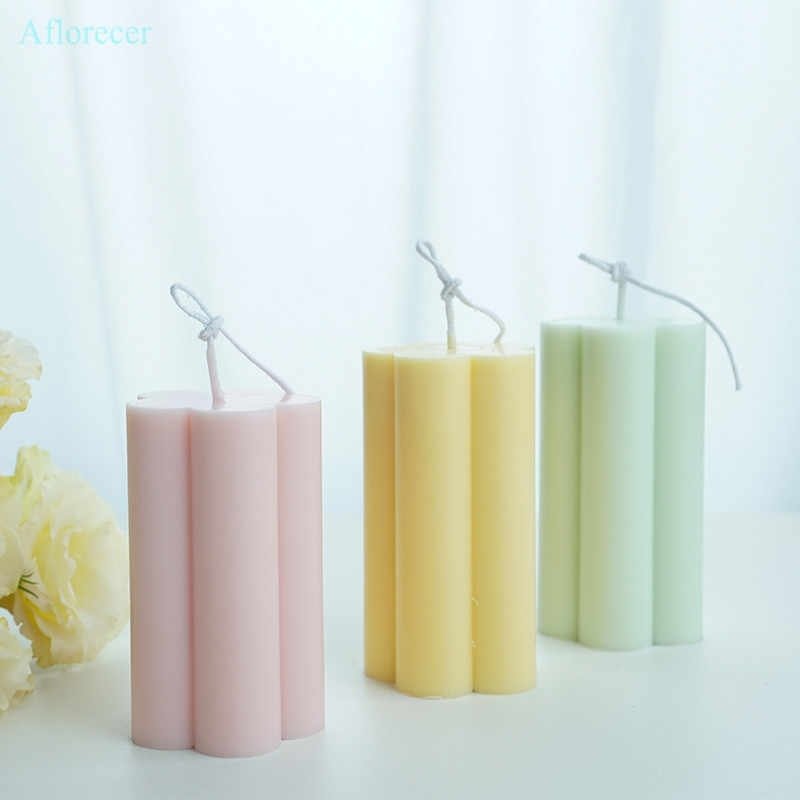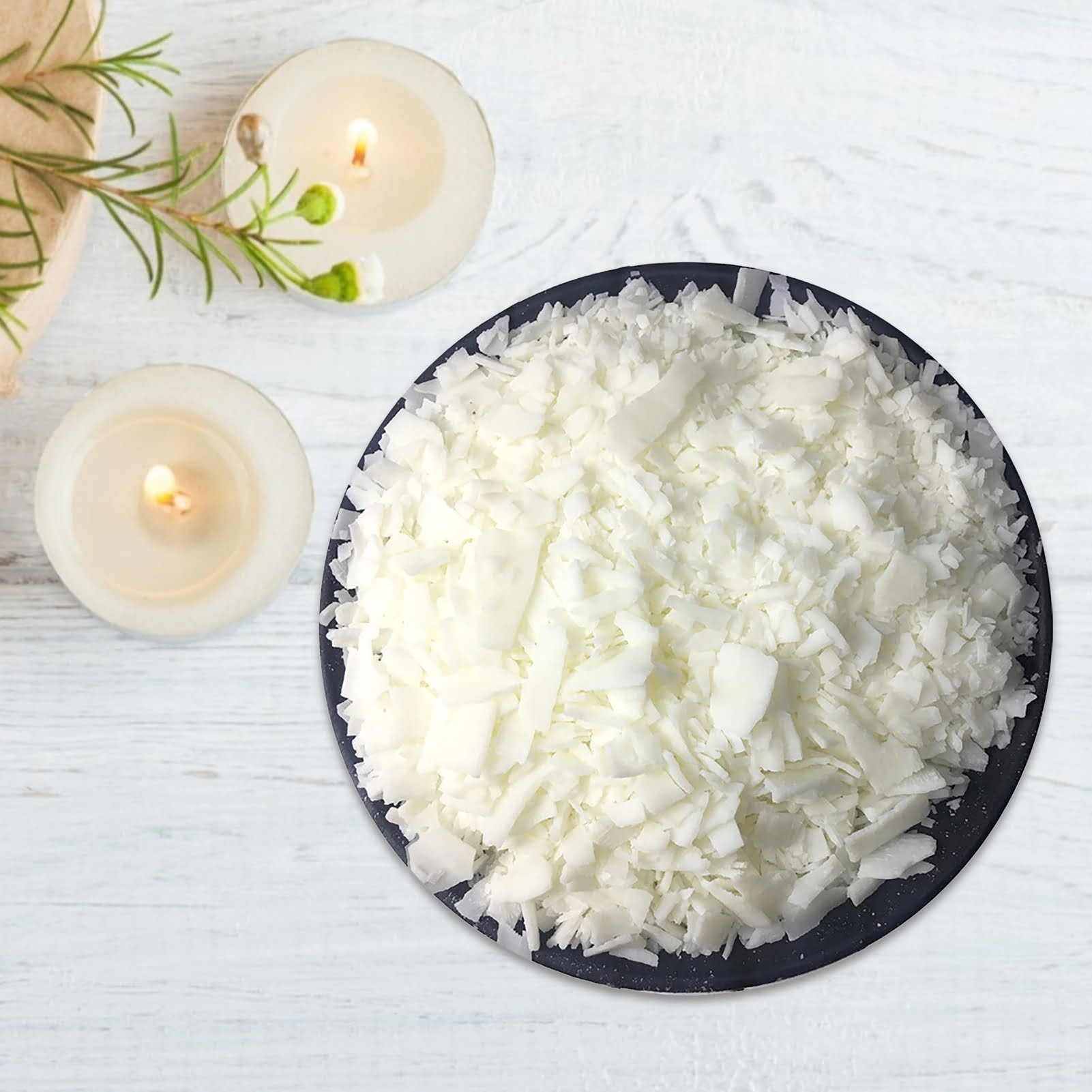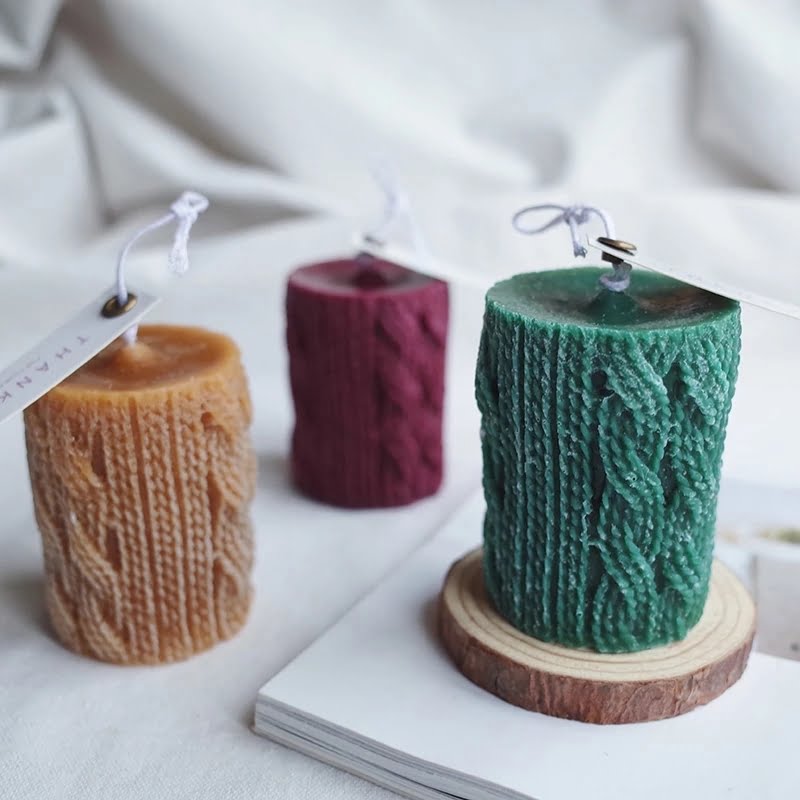Introduction
Soy candles have become popular for a variety of reasons. They burn longer and cleaner than traditional wax candles, are renewable and sustainable, and are available in a wide variety of scents. When it comes to the containers these candles should be placed in, tins offer many benefits. Tins are made from recycled materials, can be melted and reformed into new molds, and come in an array of sizes to accommodate various candle shapes. Plus, the tin container helps keep the wick burning safely by preventing it from coming into contact with drafts or other objects that could extinguish the flame. Furthermore, since tin is non-porous and heat resistant, it won’t absorb oils or mask fragrances like other materials might. Lastly, tin candles can bring a unique aesthetic look to any décor thanks to their reflective ability to display light beautifully across any room.
Gathering Supplies
Gathering the necessary supplies for making soy candles in tins is essential. The basic materials needed are soy wax, candle wicks, fragrance oil, and empty tins. Optional materials include colorant or dye chips to give your candles a unique look, as well as a thermometer to help with the melting process.
The tools needed are double boiler or a heatproof bowl and pot for melting the wax, stirring spoon for combining the ingredients and pouring pitcher for transferring the melted liquid into candle tins, adhesive wick sticker tabs and metal sustainers to hold your wick in place as it burns. Safety items are also highly recommended such as protective eyewear, oven mitts or potholders and an open flame extinguisher. Once all these items have been gathered you can start on your soy candles!
Preparing the Tin
1. Choose appropriate tins for your candles (large enough to hold the correct amount of wax, with tight-fitting lids).
2. Clean the tins with a damp cloth to remove any debris and ensure a smooth surface. Allow them to dry completely before proceeding.
3. Construct the wick tab: cut a length of wick that is slightly longer than the tin width and insert it into one of the wick tabs provided with your kit or pre-made wicks that are available in craft stores (or make your own out of aluminum foil). Attach the tab to the base of the tin by pressing it firmly against the bottom.
4. Determine where you want to place your wick tab: Measure out one inch from either end on a flat surface (you may need more or less, depending on how wide your tin is) and make marks accordingly. Press down firmly when diagonally placing the wick in between these two marks–this will help anchor it in place once the soy wax is melted and poured in.
5. Once all steps have been completed, you can begin melting your soy wax flakes and pouring them into the prepped tins! Have fun creating beautiful candles for yourself or for gifts!
Choosing Wax and Wicks
When making soy candles in tins, you will need to choose a wax and wicks that are suited for the candles you are creating. There are several different varieties of wax to choose from when working with soy-based candle making. Some of the most popular include beeswax, paraffin, and palm wax. Each type of wax will offer its own unique properties, so it is important to consider which one will be best suited for your purposes.
Another factor to consider when choosing wax is its melting point. The melting point will affect how long it takes for your candle to melt before releasing its scent and allowing the melted wax to be used in releasing the candle’s fragrance into the air.
Wicks also play an important role in crafting successful soy candles in tins. The wick should be large enough that it can keep burning even after the melted wax has been released into the air. It should also not be too large or too small; if it is too large, it may overheat, causing a decrease in burn time and a reduction in performance; if it is too small, there may not be enough oxygen available for combustion while also causing a great amount of smoke release during burning due to its low heat intensity. Overall, finding an appropriate size wick is very important for getting your desired outcome from your soy candles in tins
Melting and Pouring the Wax
To begin the process of making soy candles in tins, the wax for the candles will need to be melted. This can be done using a double boiler, which is an effective and safe method. If you do not have access to a double boiler, a makeshift alternative can be created using a metal bowl or pot over another pot of boiling water. It is important to keep the temperature of the melting wax at medium heat–never high–as this will help prevent burning.
When pouring your melted wax into your tin mold, it is important that you use a slow and steady, steady stream until all of the wax has been poured into your vessel. Doing so will help to create an evenly-shaped candle. Additionally, when filling the container with hot wax, it’s best to go slowly and pour in small batches; this will help avoid any overflows and spills which would create an uneven shape while cooling down. Additionally, it’s key that you leave space at the top as when wax cools it contracts slightly and may otherwise overflow from your container or break out if overfilled. Once poured, allow time for the candle to cool before moving on with your project.
Fragrancing, Coloring, and Adding Embellishments
Making soy candles in tins is an enjoyable and creative activity that allows you to design beautiful, aromatic decorations. To make the most of your candle decorating journey, here are some ideas on how to add color, fragrance and embellishments:
Coloring: You can use a variety of vibrant colors to customize your tin candles. Using food coloring or liquid dyes, you can achieve deep and rich tones depending on the amount used. Dried plant material such as lavender, chamomile or rose petals also work well for giving candles a natural look.
Fragrancing: Essential oils are the best way to create delicate scent profiles and a range of aromas. Popular essential oil combinations include lavender, jasmine and orange; lemongrass with eucalyptus; lime and peppermint; or sandalwood with ylang-ylang. You can also use scented wax chips to create unique scent effects without having to use any additional fragrant ingredients during the wax melting stage.
Embellishments: You can also break up the monotony of plain-colored tins by adding decorations like glitter or sequins for a sparkly effect or small charms such as glass beads for an eye-catching finish. If you’d prefer less extreme decorative accents then consider tying colorful ribbons around the tins, painting designs directly onto them or adhering stickers with interesting motifs.
Curing and Burning
Curing:
Do:
-Allow your newly poured soy wax candle to sit untouched for 24 hours before burning.
-Monitor the temperature of each tin, ensuring that it remains at or below 105″ during the curing process.
Don’t:
-Do not move the candles too soon after pouring as this can cause air bubbles and uneven curing.
-Do not burn the tin if it is hotter than 105°F, as this may result in a charred wick and decrease the burning time of your candle.
Burning:
Do:
-Make sure that you keep all your candles away from drafts and direct sunlight when burning them in tins. This will help prevent irregular flame patterns and unwanted sooting.
-Trim your wick each time before lighting it to ensure even and clean burning. This must be done before every use, as burnt wicks reduce the quality of scent and smoke production from a candle.
Don’t: -Never leave a burning candle unattended or near anything flammable such as curtains or books.
-Do not allow any foreign objects such as matches or bowls to come in contact with your candles when they are lit, as it may cause safety issues like fire hazards.
Troubleshooting Common Issues
One of the most common problems that can occur when making soy candles in tins is improper wicking. It is important, when measuring for a proper wick size, to ensure that it is not too small for the container. A wick that is too small will cause either a shallow, smokey burn with weak scent throw or no burn at all. If you think your wick may be too small, try using a slightly larger wick size as this should solve the issue.
Another issue often encountered with soy candle making in tins is tunneling. Tunneling simply means that melted wax does not reach to the sides of the container, leaving an undetected carton of un-melted wax around the edges of candle’s surface. To avoid this problem, use a liberal amount of fragrance oil and make sure that you pour your wax at the right temperature; this generally means avoiding pouring temperatures above 170 degrees Fahrenheit (77 Celsius).
Lastly, many people find they have issues with cracking after their candles are cooled down. This is because soy candles contract when cooling down which can cause them to pull away from their containers and resulting in cracks and other imperfections in their surfaces. To prevent this happening, you should allow your soy candles to cool slowly over time instead of placing them in the refrigerator or freezer after they’ve been poured into their containers.
Clean-Up and Maintenance
To properly clean a soy candle tin, you can use a damp cloth and warm water. Make sure to remove any residue on the tin or wick by soaking it in the water before wiping it down with the cloth. You should also make sure to dry the tin thoroughly before storing it as even a small amount of moisture could lead to rusting and damage to your candle tin.
Once your candle tin is clean, you can store it in a cool and dry place to ensure that your candle doesn’t overheat or melt due to any temperature changes. Try not to stack multiple tins together if possible, as this could result in scratches on the tins. Additionally, always try to store them away from direct sunlight which may cause discoloration over time. Finally, make sure that no foreign objects like keys or lighters are placed on top of the tins in order to prevent any possible spills or damage caused by them falling into them.
Conclusion
Making your own soy candles in tins is a fun and easy project that can provide the perfect way to add an inviting, warm glow to any room. It’s also an excellent way to preserve your favorite scents. You have the choice of fragrancing with natural essential oils or scented candle wax. If you are looking for an online resource to help guide you through making your candles correctly, check out the Candle Journal’s website for helpful tutorials and tips. With some basic supplies on hand, along with a few safety precautions, you too can make beautiful soy candles in tins that can look good enough for gift giving!
In conclusion, making soy candles in tins can be a great creative outlet for anyone looking to produce unique home decor items and fragrant gifts. Making sure that you take proper safety precautions will ensure the success of your project. Additionally, there are plenty of websites available where you can find step-by-step instructions and recipes for creating candles from scratch. One example is The Candle Journal which provides detailed tutorials as well as product reviews and safety information. It’s also important to keep up with current trends when deciding on different scents and designs so people know what they’re getting when they purchase one of your creations!

Welcome to my candle making blog! In this blog, I will be sharing my tips and tricks for making candles. I will also be sharing some of my favorite recipes.





